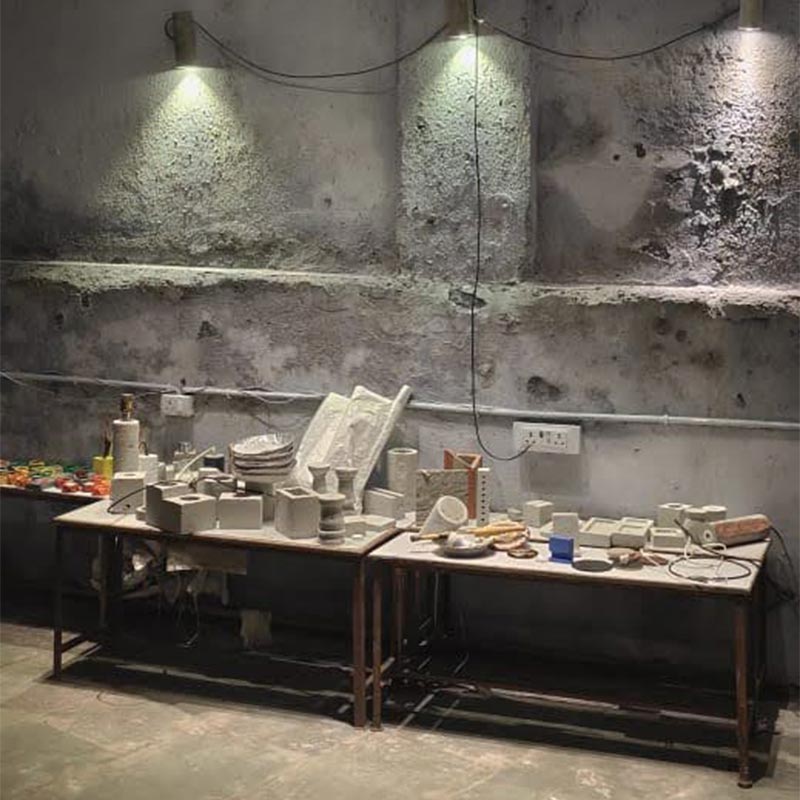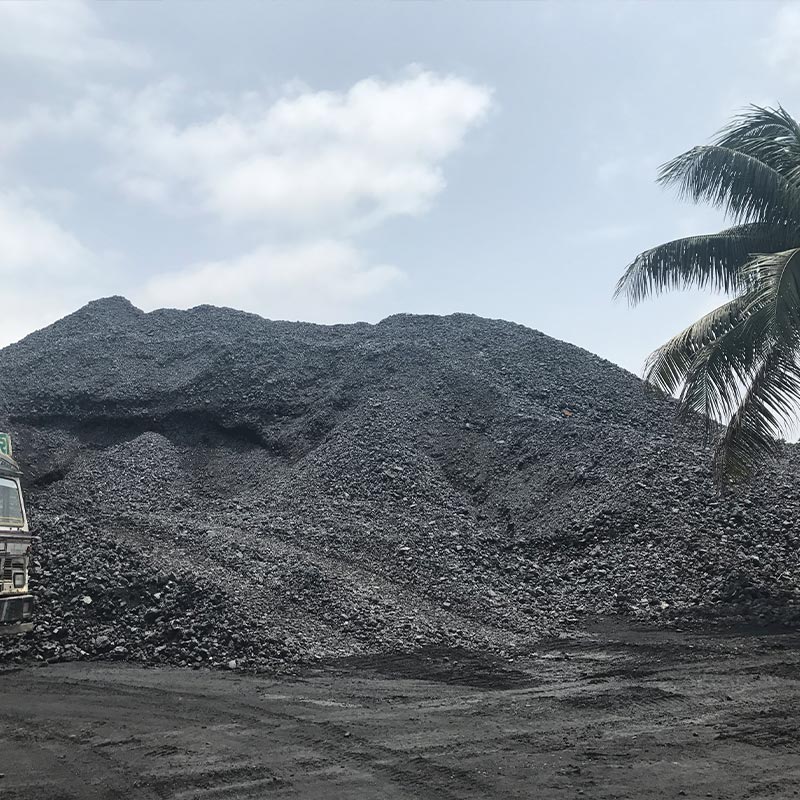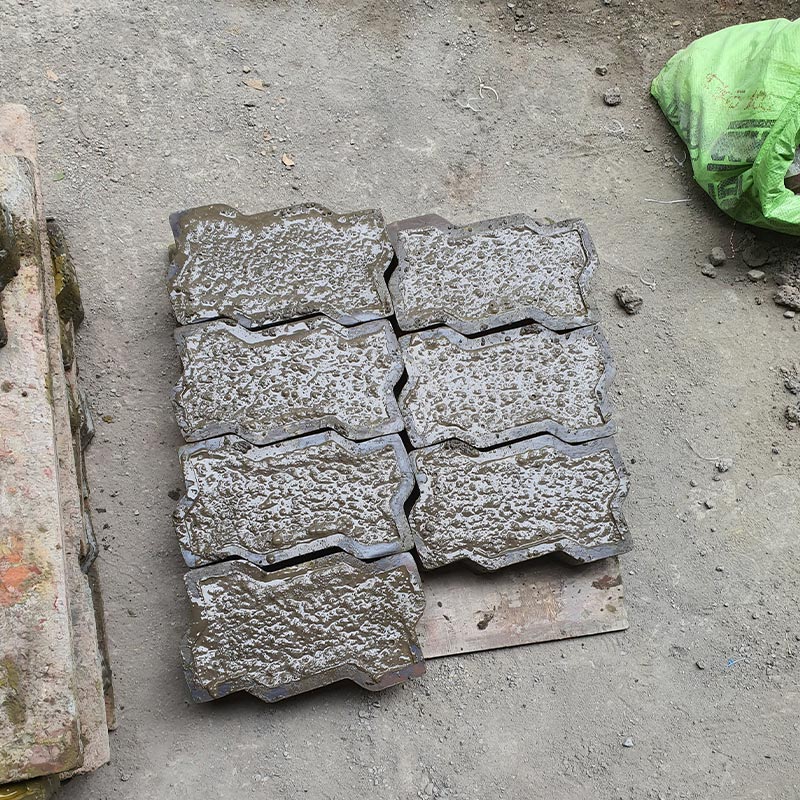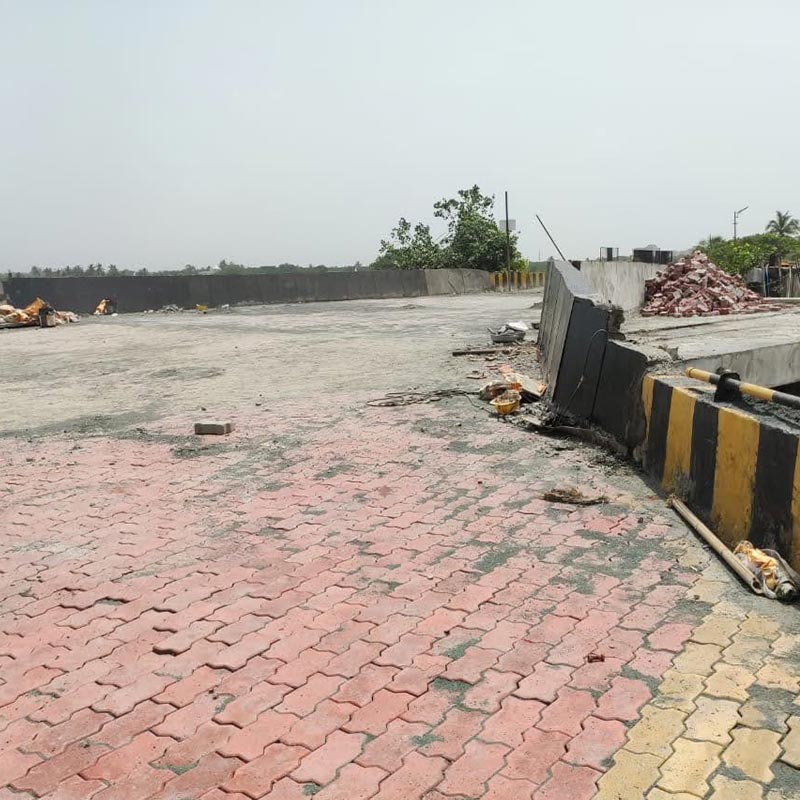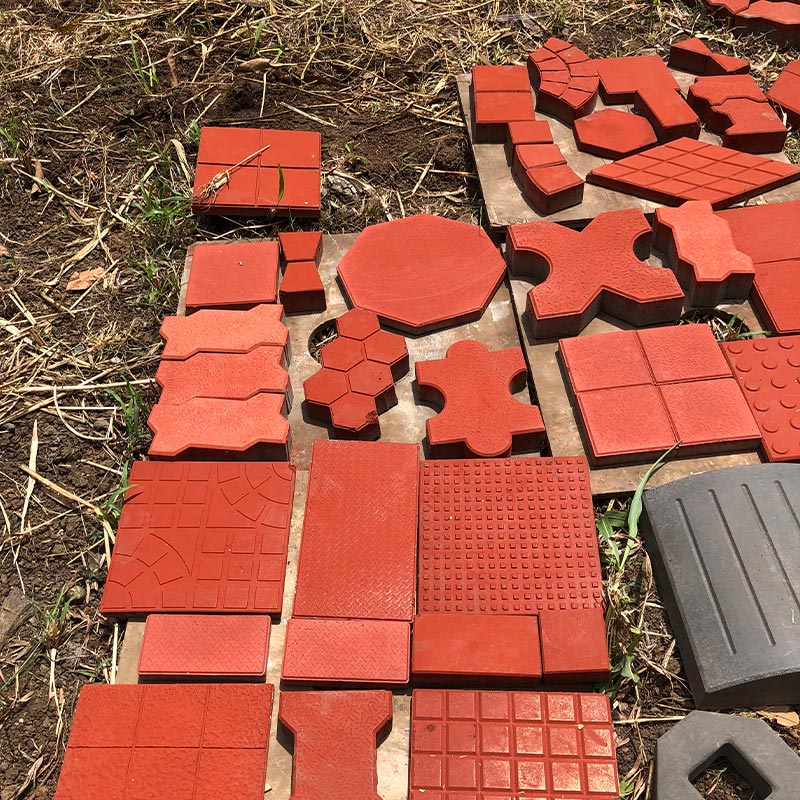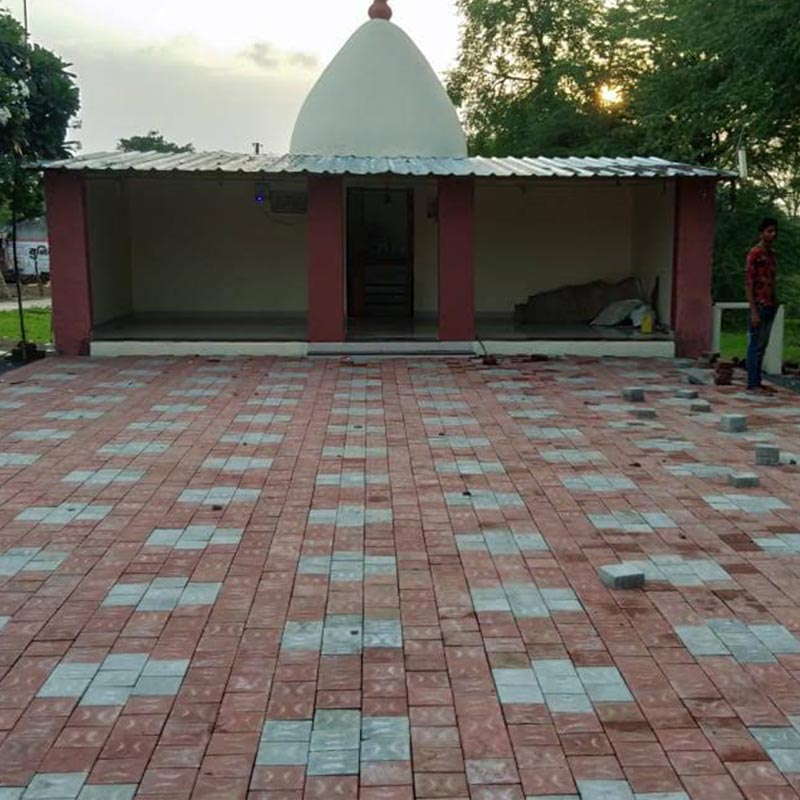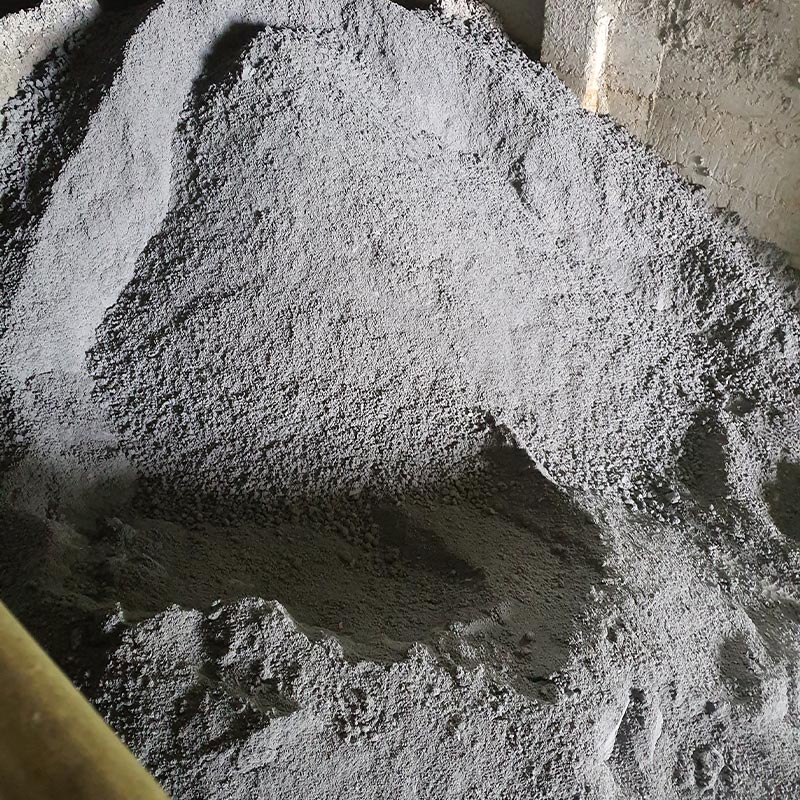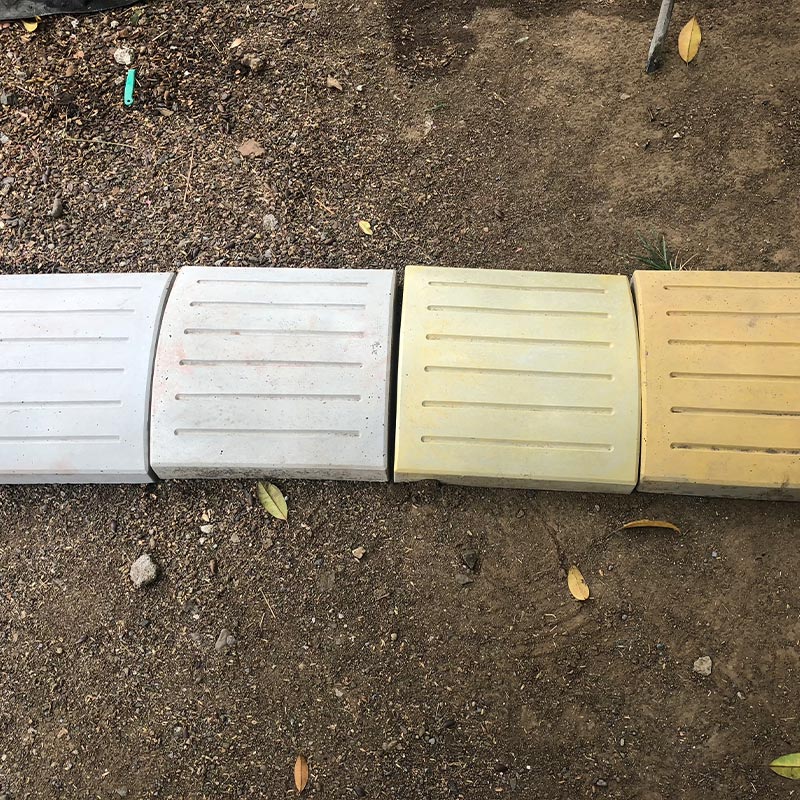Eco Pavers
Problem
The construction industry generates and consumes massive volumes of materials, while simultaneously industrial sectors such as metal manufacturing, textiles, and plastics contribute heavily to global waste streams. Metal sludges, foundry dusts, quarry residues, textile fibres, and mixed plastics including multilayered and low-value plastics often end up in landfills or incineration, creating severe environmental concerns. These wastes not only occupy large land areas but also release toxins into soil and groundwater, while plastic waste in particular lingers for centuries, adding to the global pollution crisis. Conventional concrete pavers, though widely used, rely heavily on virgin raw materials, energy-intensive processes, and have limited recyclability.
Solution
Eco Pavers provide a sustainable alternative by transforming these challenging waste streams—metal sludges, slags, quarry dusts, textile fibres, and mixed plastics like MLPs, LVPs, and PPE—into high-performance pavers. Designed as per IS standards, these pavers deliver M40 grade strength, surpassing manyconventional counterparts. They are 100% recyclable, energy efficient, and can be engineered to be fully permeable, aiding water harvesting and groundwater recharge. With superior abrasion resistance and interlocking designs, they offer flexible patterns, durability, and reduced reliance on virgin resources, making them an ideal choice for construction, flooring, and road applications.
Impact
By diverting waste from landfills and incineration, Eco Pavers are closing the loop on industrial andpost-consumer waste while simultaneously reducing carbon footprint in construction. To date, we have successfully recycled 1120 metric tonnes of waste into pavers and executed over 110 projects spanning major construction companies, industrial flooring solutions, and rural road development. Beyond environmental benefits, this innovation demonstrates the commercial viability of large-scale waste recycling while building stronger, sustainable, and resilient infrastructure for the future.

